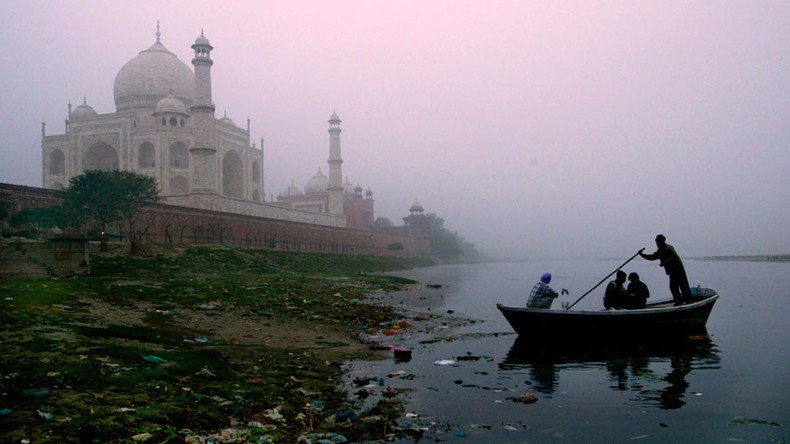‘Toxic levels of arsenic’: Over half of S. Asia groundwater unusable for 750mn people, study says

Sixty percent of groundwater in the Indus and Ganges river basin – essential for the lives of over 750 million people in India, Pakistan, Nepal and Bangladesh – is too contaminated to drink or use for irrigation, a new study says.
The groundwater of the vast Indo-Gangetic basin, named after the Indus and Ganges rivers, is contaminated and inappropriate for use, a team of scientists wrote in Nature Geoscience.
“Within 60 percent of the aquifer [permeable rock which can contain or transmit groundwater], access to potable groundwater is restricted by excessive salinity or arsenic,” says the study, which is entitled ‘Groundwater quality and depletion in the Indo-Gangetic Basin mapped from in situ observations’.
Some 23 percent of the groundwater stored in the basin contains too much salt at a depth of up to 200 meters (650ft), while about 37 percent of it “is affected by arsenic at toxic concentrations,” the scientists explained.
60% of underground water in China unfit for human contact Beijing environment ministry http://t.co/gbJ1J2mot6pic.twitter.com/k4i4FJMudR
— RT (@RT_com) June 6, 2015
The groundwater extraction from the Indo-Gangetic basin amounts to nearly one quarter of the total global figure, accumulating fresh water stored underground in soil or rock and fed by rivers and rainfall.
This huge area is known for the Indus Valley Civilization, which gave birth to ancient South Asian culture.
The study, which incorporates local records of groundwater levels and water quality from 2000 to 2012, has also found that the water table was stable or rising across about 70 percent of the aquifer.
As a rule, groundwater can become salty due to natural causes and manmade activity, including inefficient irrigation and poor drainage. Arsenic is naturally present in groundwater, but levels may be affected by the use of farming fertilizers and mining.
Arsenic contamination of drinking water is a major problem in the region and beyond.
In the 2015, the World Water Development Report authored by the UN Environment Program (UNEP) warned that only 60 percent of the world’s demand for water will be met by existing resources at the current rate of use by 2030.
That would leave 40 percent of the population without access to the water it needs, the UN body said, and signs of this impending crisis are already there for all to see.
In South Asia, cities are increasingly feeling the pressure of population growth and urbanization. Previous media reports suggested that most Indian cities face daily water shortages, while in the Pakistani city of Karachi electricity and water shortages have led to protests and citywide unrest.













